What makes a password secure?
IT security is constantly evolving to counter threats, but the password remains a key part of our security arsenal

The password has been a vital tool for computers for decades. In the mid-‘60s Fernando Corbato, an academic at the Massachusetts Institute for Technology (MIT), devised a system that allowed multiple people to access a computer at the same time. Corbato gave each user a password that kept their files hidden away from others so their activities weren’t interrupted.
Fast-forward to 2021 and Corbato’s humble solution is the key to unlocking our digital lives – from bank accounts and emails to the apps and cloud services we use daily for work. People are logging in to more devices than ever, and with the post-COVID shift to hybrid work the number of passwords businesses and employees are juggling is multiplying.
However, with this password proliferation comes an increased threat of cyber attacks and data breaches. The recent RockYou2021 leak saw a 100GB text file emerge compiling a staggering 8.4 billion compromised passwords. Websites like Have I Been Pwned? and BreachAlarm will scan for new data leaks and tell you if your password has been stolen.
Hackers utilise a variety of tactics to snare valuable credentials. They can be acquired on the dark web, where cyber criminals make a business out of exchanging leaked data for money. Brute force attacks see automated software applications running through different character combinations in a bid to break in.
Phishing, meanwhile, is when social engineering is used to pressure and intimidate would-be victims into giving over personal information. For example, individuals may receive a scam email about needing to change their online banking password – there’ll then be directed to a fake website that resembles a bank login page with the hope they’ll give over details.
With so many cyber threats to contend with, ensuring that passwords are secure and effective is critical. In fact, the recent Incident Response Analyst Report 2021 found that a robust password policy reduces the likelihood of being attacked by 60%.
Creating effective passwords
But what exactly makes a password secure? They are a key tool in our security arsenal and rely on individuals to create and use them every day. However, not all are created equal. If they are too easy to guess, they’ll be easy to break – and if they’re being reused then multiple accounts are at risk of being compromised.
A good password shouldn’t be obvious or use common keyboard runs like ‘qwerty’ or sequential numbers like ‘123456’. Personal information that’s easy to guess, like a name or date of birth, should be avoided, too. Password length is crucial – anything under 12 characters is at risk of being cracked, so aim for 15 characters or more. The longer it is, the harder it is for a brute force attack to be successful.
Longstanding password guidelines suggest mixing up letters, numbers and symbols to help add an extra layer of complexity to your password. Frequently, these will be a requirement when you set a new password. It’s best to steer away from common character substitutions. For example, Synology becoming Syn010gy is unlikely to give you any significant benefit as these changes from letters to numbers are easy to guess. There are several random password generators online that can be used to come up with a random string of characters.
However, more recent thinking has been leaning towards passphrases as a more secure and user-friendly solution. The National Cyber Security Centre (NCSC) recommends the use of three random, unconnected words for a password. These phrases are easier to remember and to type, and the use of multiple words tends to generate longer, and therefore more secure, passwords.
Ironically, enforcing complexity requirements has been found to make passwords weaker in some cases, as users tend to struggle to remember random strings of characters and so are likely to fall back on some simple, predictable patterns (such as the aforementioned substitutions). Choosing three random words, it is believed, will increase the overall diversity of passwords in the ecosystem, reducing the likelihood of different users ending up with the same passwords and thus creating a tougher environment for attackers to operate in.
Setting up two-factor authentication (2FA), be it biometric or a number/character token, will give another layer of protection. However, using SMS for 2FA is best avoided as these can easily be intercepted. Instead, apps like Authy, Google Authenticator or Microsoft Authenticator generate PINs that can be used to complete the login, although not all apps support these services.
A password management solution
Whether you’re an individual, a small business or large corporation, keeping up to speed with password security is vital. For businesses, it’s particularly important to ensure that staff are well educated and supported in this area so sensitive data is protected. Make sure that all vendor-supplied passwords on devices are changed before they make their way to staff, and give individual logins to apps and services to all users who need them, avoiding password sharing.
One solution to help with password security is Synology’s C2 Password management system. Here you can store, sync and secure passwords and personal information – plus, thanks to unlimited device syncing you can access credentials from anywhere using an online portal or browser extension. C2 Password can also be used to generate complex combinations of letters, numbers and symbols, and keep all of them stored together in the same place.
Sensitive data is safeguarded through end-to-end encryption, too. Data goes through AES 256 encryption before it leaves a device, with decryption carried out only at the destination. The key to encrypt and decrypt is stored only on the individual device, not Synology C2 servers, to give an extra layer of protection. What’s more, C2 Password is free to individuals and businesses.
Juggling a selection of unique and uncrackable passwords might seem like hard work, but with a solid understanding of what makes them secure and the right tools in place to organise them, you’ll find peace of mind and a seamless, stress-free online experience.
Discover more about Synology C2 Password and how it can safeguard your credentials
Get the ITPro daily newsletter
Sign up today and you will receive a free copy of our Future Focus 2025 report - the leading guidance on AI, cybersecurity and other IT challenges as per 700+ senior executives
ITPro is a global business technology website providing the latest news, analysis, and business insight for IT decision-makers. Whether it's cyber security, cloud computing, IT infrastructure, or business strategy, we aim to equip leaders with the data they need to make informed IT investments.
For regular updates delivered to your inbox and social feeds, be sure to sign up to our daily newsletter and follow on us LinkedIn and Twitter.
-
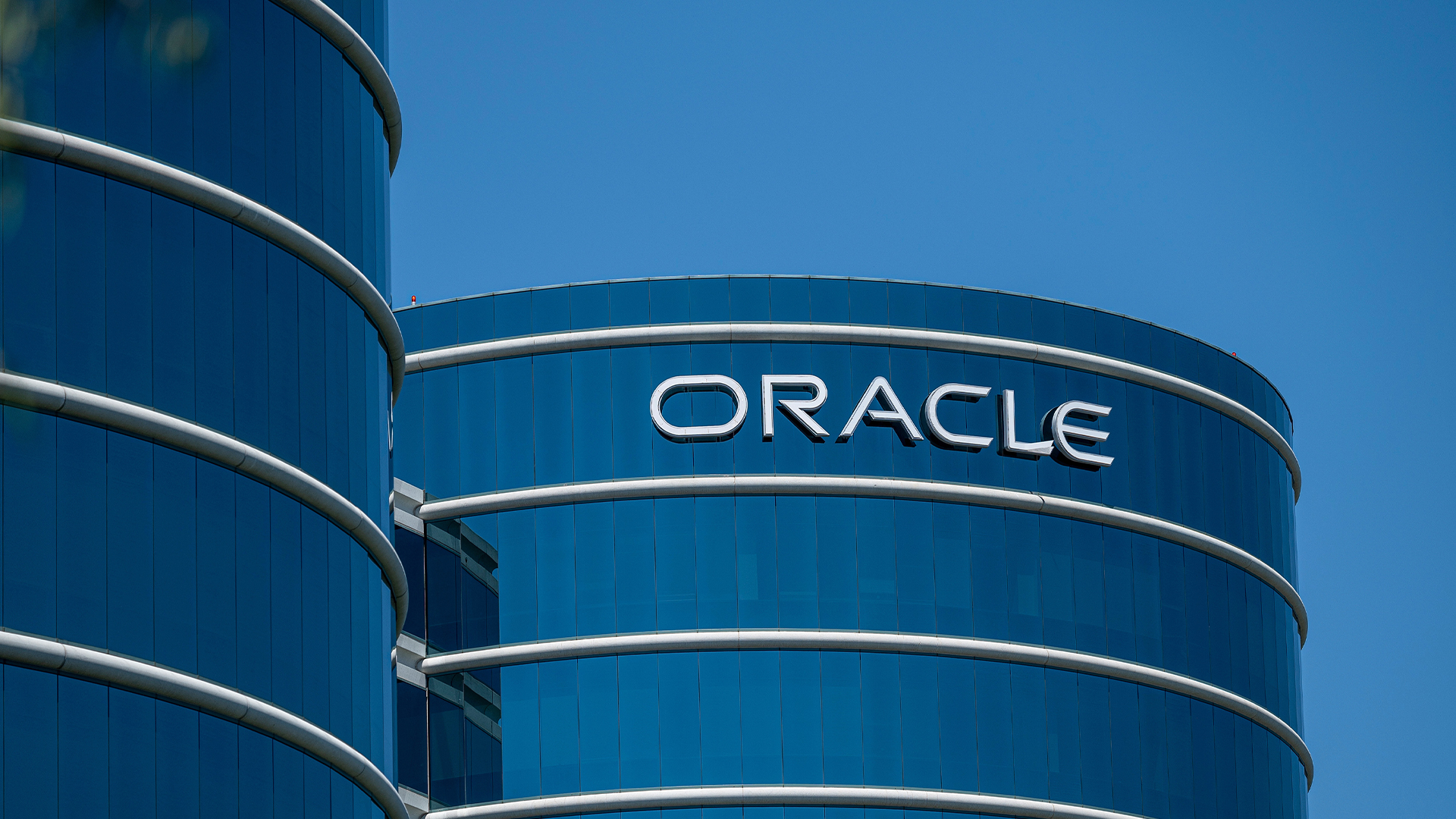 CISA issues warning in wake of Oracle cloud credentials leak
CISA issues warning in wake of Oracle cloud credentials leakNews The security agency has published guidance for enterprises at risk
By Ross Kelly
-
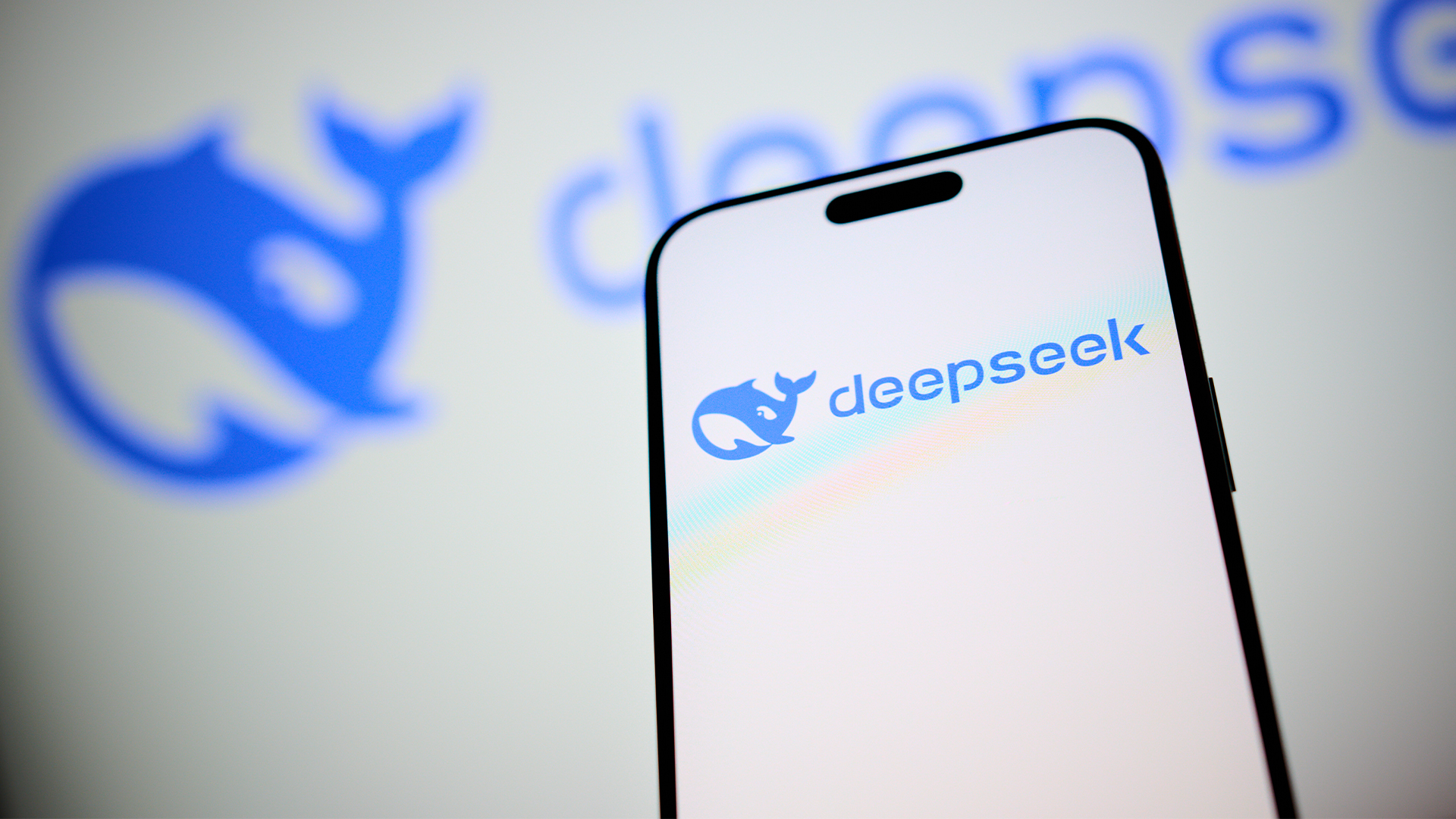 Reports: White House mulling DeepSeek ban amid investigation
Reports: White House mulling DeepSeek ban amid investigationNews Nvidia is caught up in US-China AI battle, but Huang still visits DeepSeek in Beijing
By Nicole Kobie
-
 I love magic links – why aren’t more services using them?
I love magic links – why aren’t more services using them?Opinion Using magic links instead of passwords is safe and easy but they’re still infuriatingly underused by businesses
By Solomon Klappholz
-
 Password management startup Passbolt secures $8 million to shake up credential security
Password management startup Passbolt secures $8 million to shake up credential securityNews Password management startup Passbolt has secured $8 million in funding as part of a Series A investment round.
By Ross Kelly
-
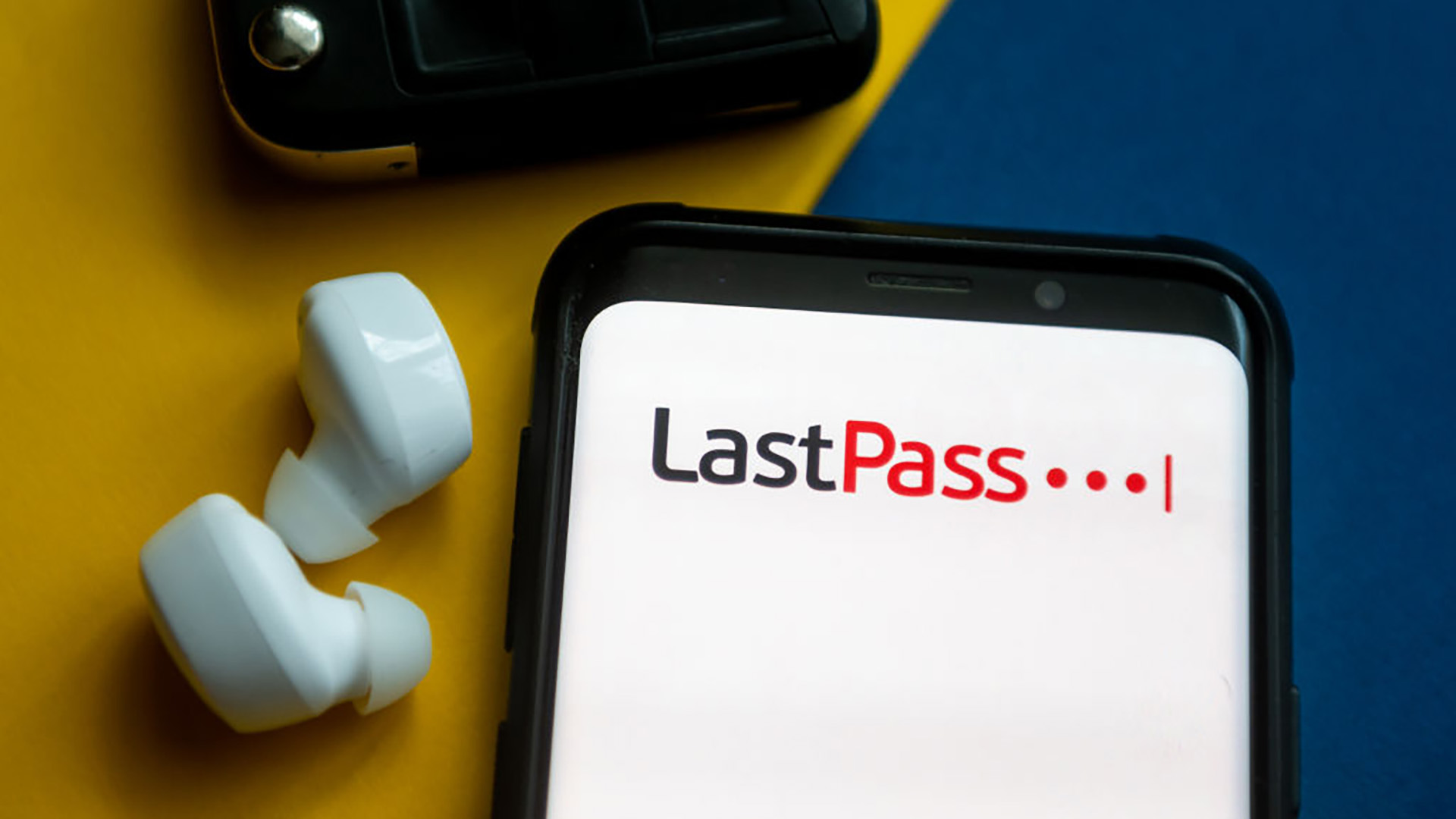 LastPass breach comes back to haunt users as hackers steal $12 million in cryptocurrency
LastPass breach comes back to haunt users as hackers steal $12 million in cryptocurrencyNews The hackers behind the LastPass breach are on a rampage two years after their initial attack
By Solomon Klappholz
-
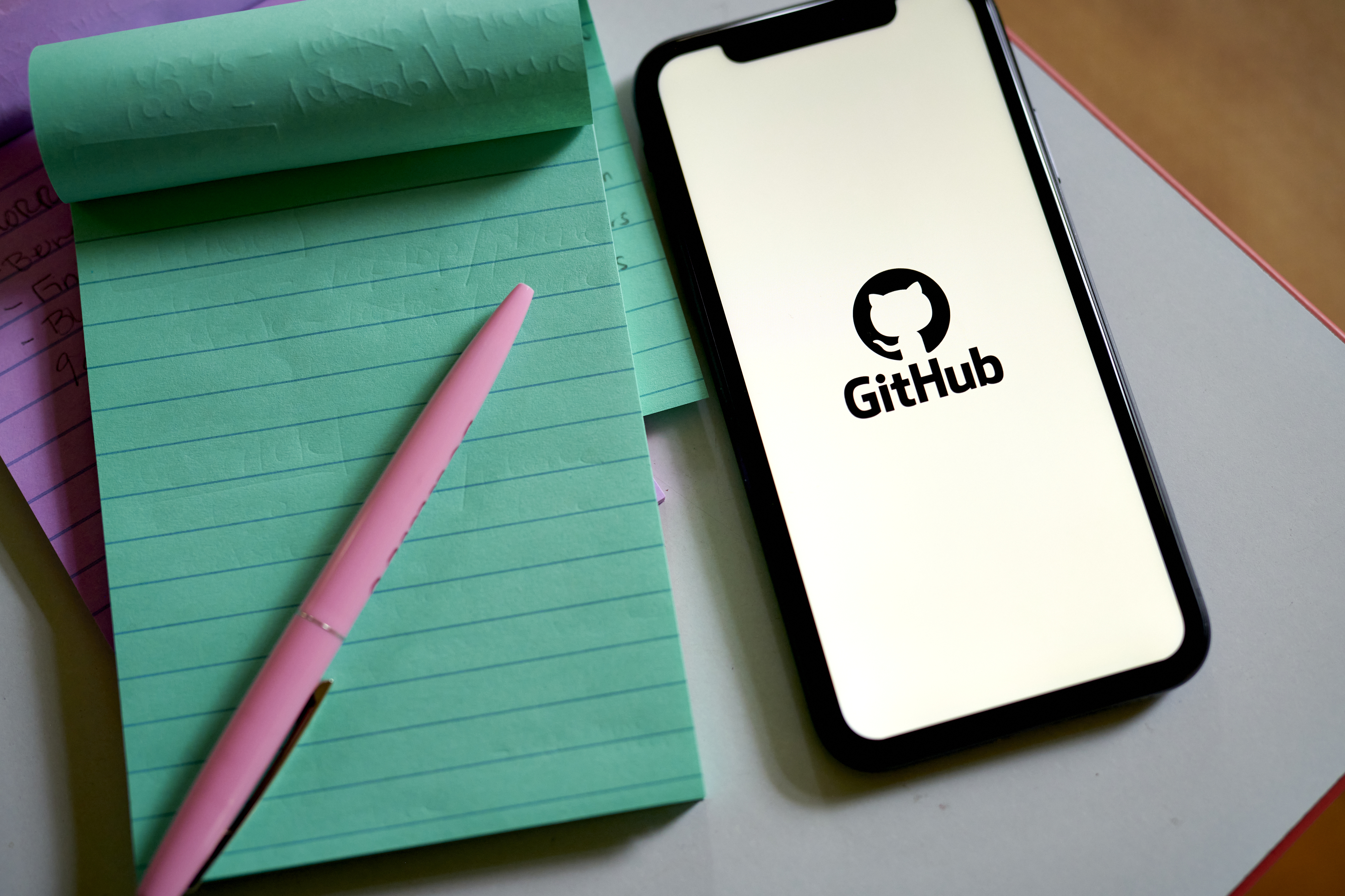 GitHub launches passkeys beta for passwordless authentication
GitHub launches passkeys beta for passwordless authenticationNews Users can now opt-in to using passkeys, replacing their password and 2FA method
By Daniel Todd
-
 Microsoft SQL password-guessing attacks rising as hackers pivot from OneNote vectors
Microsoft SQL password-guessing attacks rising as hackers pivot from OneNote vectorsNews Database admins are advised to enforce better controls as attacks ending in ransomware are being observed
By Rory Bathgate
-
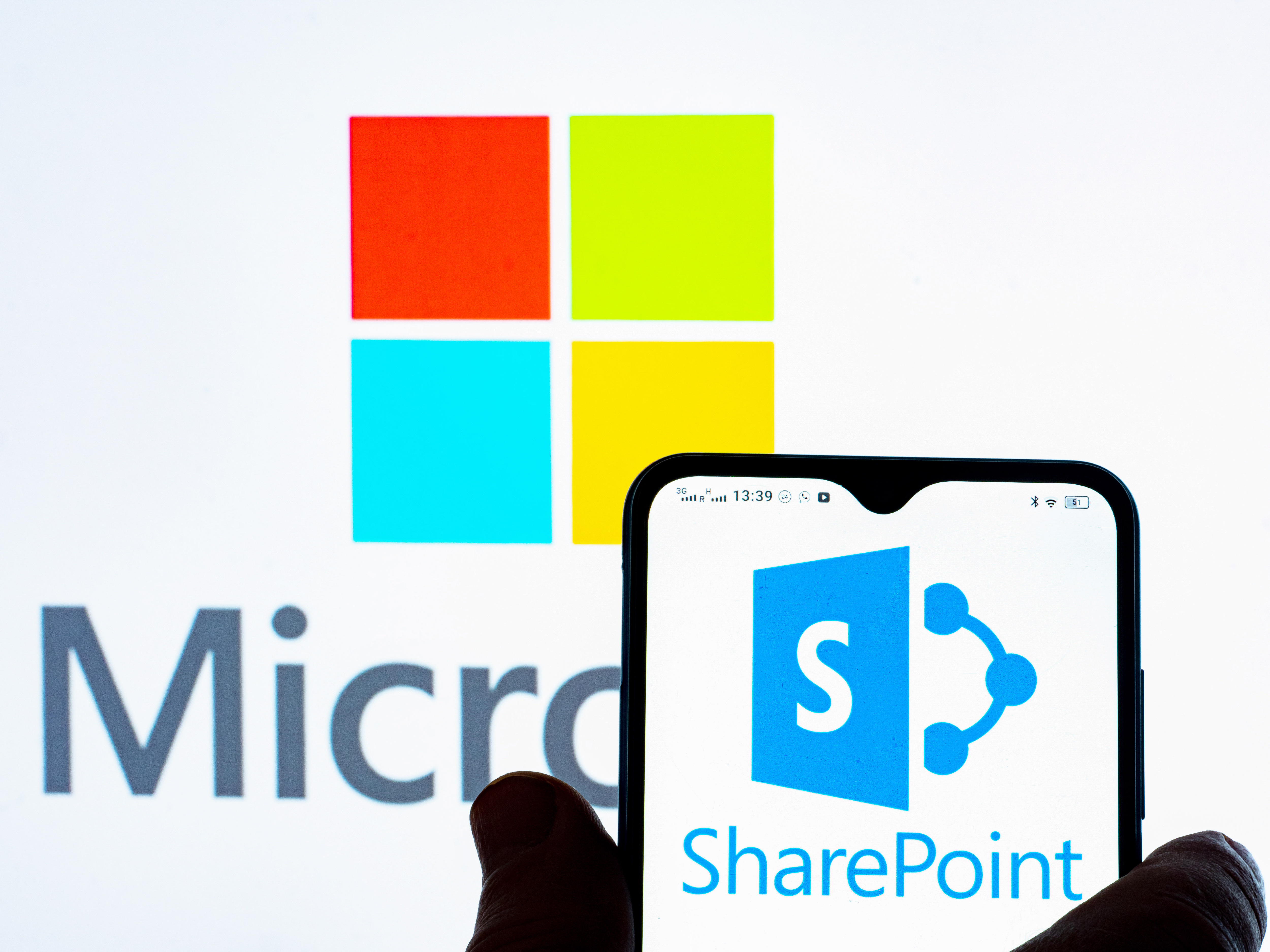 No, Microsoft SharePoint isn’t cracking users’ passwords
No, Microsoft SharePoint isn’t cracking users’ passwordsNews The discovery sparked concerns over potentially invasive antivirus scanning practices by Microsoft
By Ross Kelly
-
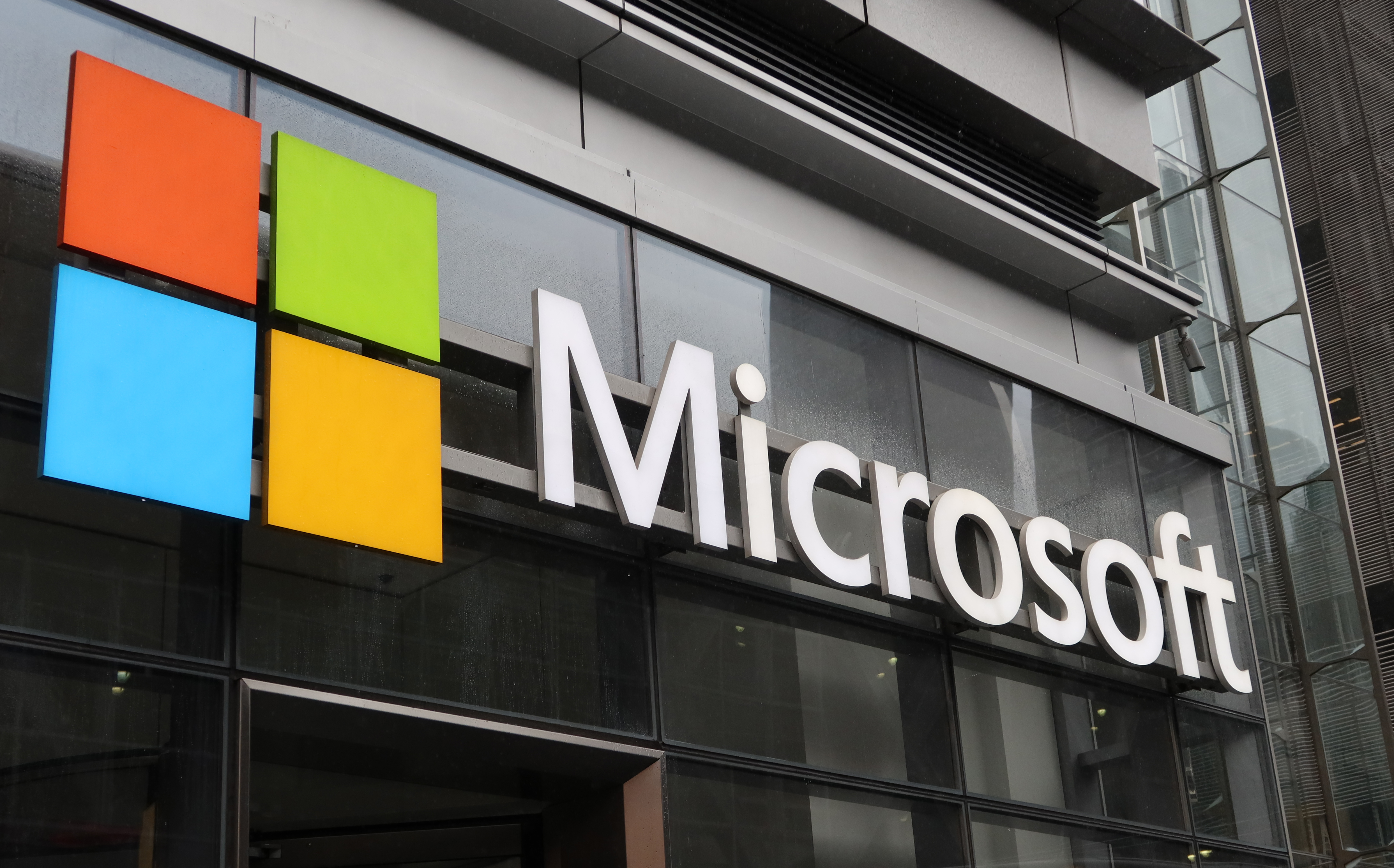 Microsoft Authenticator mandates number matching to counter MFA fatigue attacks
Microsoft Authenticator mandates number matching to counter MFA fatigue attacksNews The added layer of complexity aims to keep social engineering at bay
By Connor Jones
-
 As Google launches passwordless authentication for all, what are the business benefits of passkeys?
As Google launches passwordless authentication for all, what are the business benefits of passkeys?News Google follows Apple in its latest shift to passwordless authentication, but what are the benefits?
By Ross Kelly
